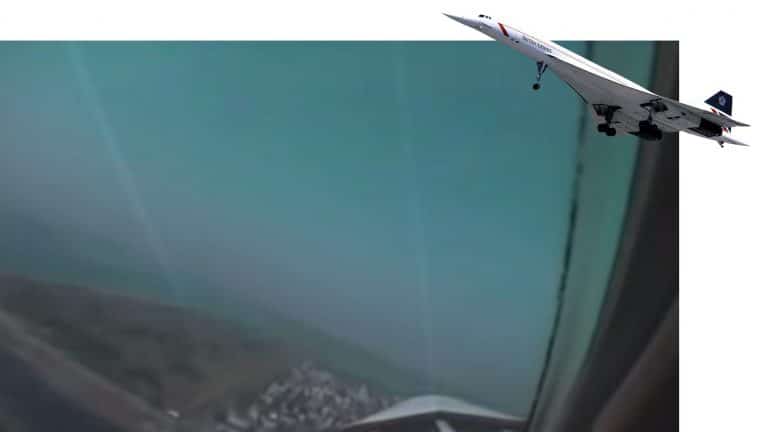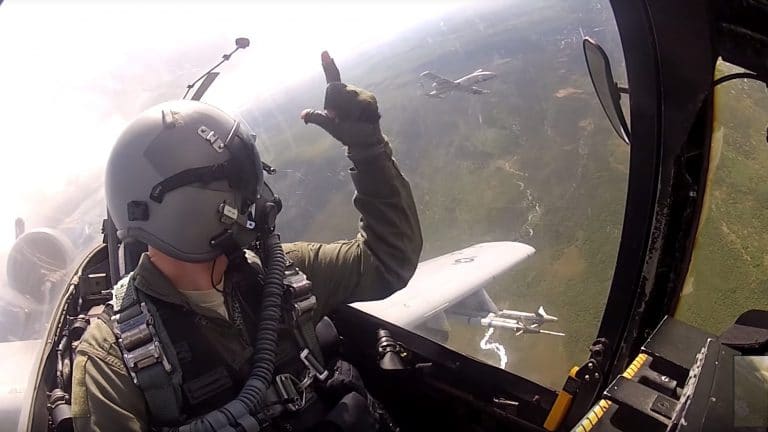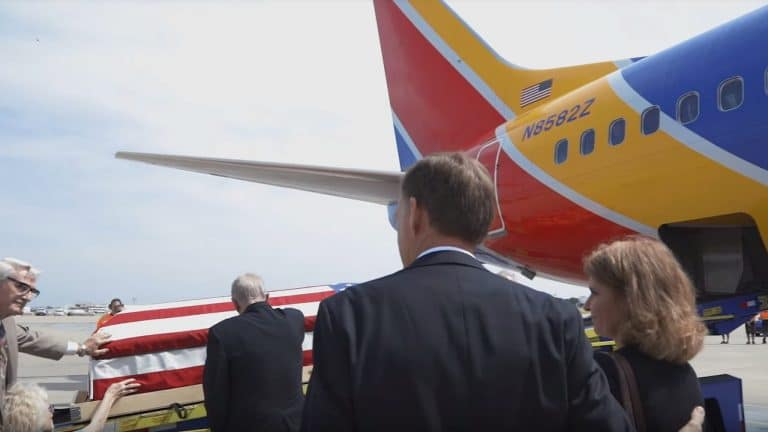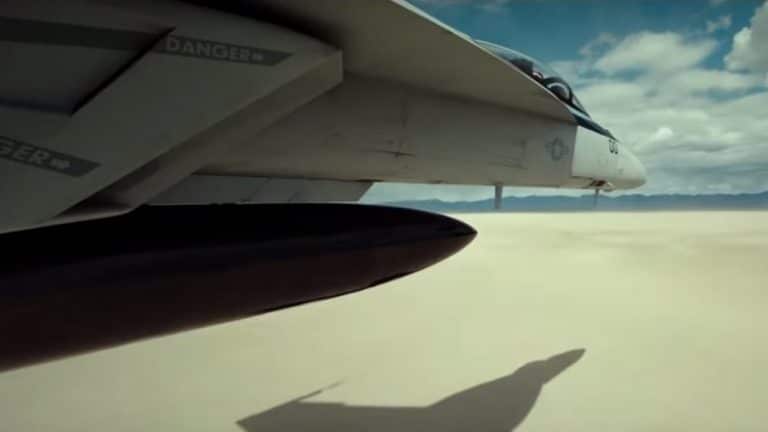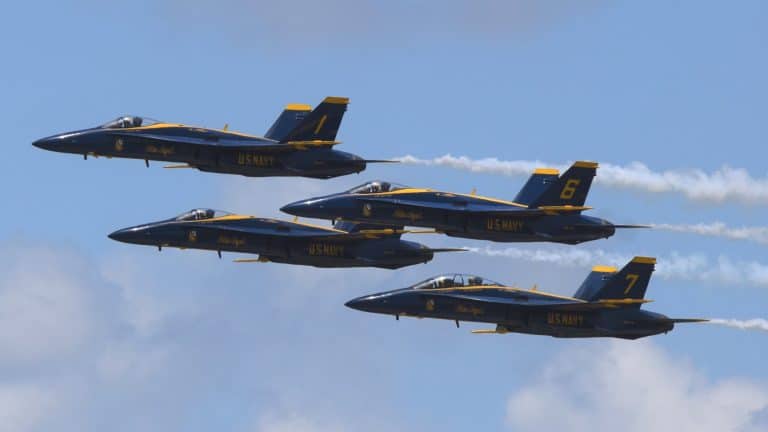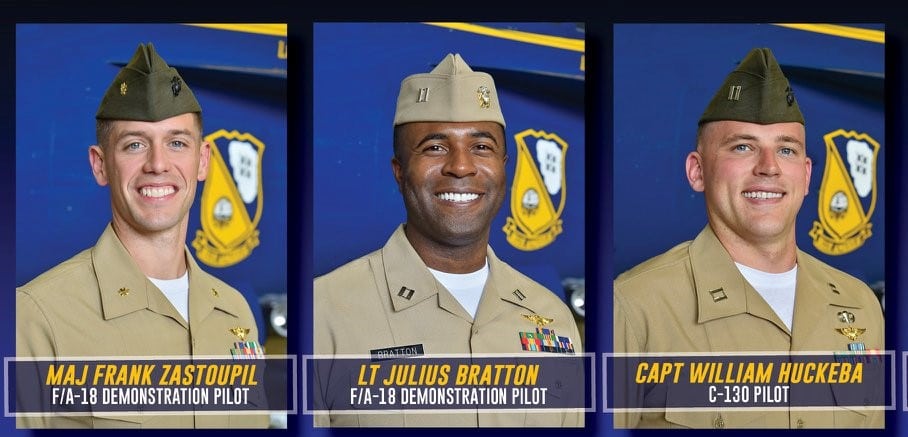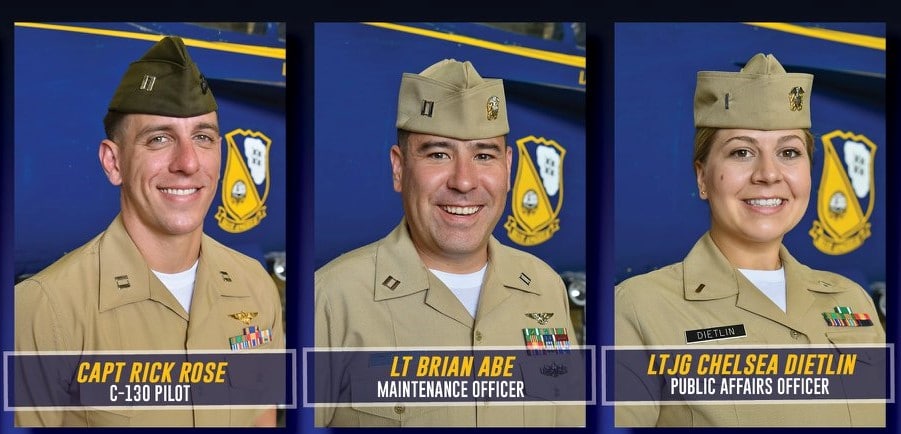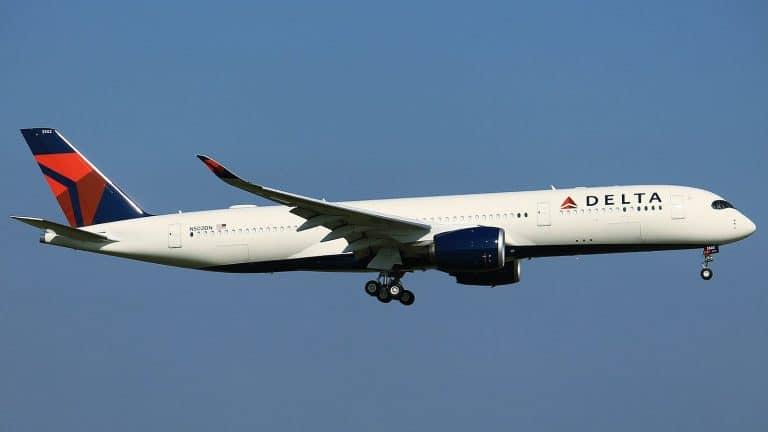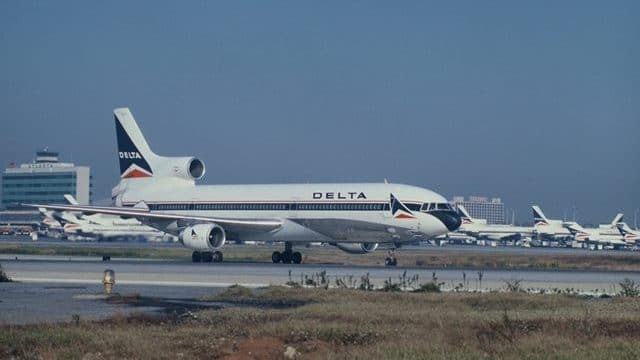It’s been quite a few years since the Concorde last graced the skies. Nearing two decades since its last service, there still isn’t another commercial jet that inspires such awe and rumbling power.
While there are plenty of videos out there about the Concorde, there are relatively few videos showing the entire departure sequence without narration. This video is that rare gem showing the entire sequence of takeoff and departure.
In the video, you’ll see British Airways Concorde ‘Speedbird Flight 2’ depart from JFK on Runway 31L. One of the first things you’ll notice is how the captain pushes forward the throttles to MAX with gusto. Within seconds, you’ll hear the Rolls Royce Olympus 593 engines roar with their afterburners (or reheat) come to life. At this point, the jet engines are producing 152,000 of thrust. About 20 seconds later, the first officer announces 100 knots, then rotates. The Concorde then gracefully lifts off followed by an immediate left turn to join the departure and climb to an initial altitude of 5,000 feet. The departure routing keeps the noisy supersonic-capable jet clear of land as much as possible for noise abatement purposes. Within minutes, the crew pulls the power back to normal climb power as the jet continues to accelerate to Mach .75. The crew then cleans up the jet, performs the after takeoff checklist including the stowing of the landing lights, and then settles in to prepare for the Mach 2+ ocean crossing.
Watching the Concorde was a special thing to see. It is still hard to believe that such an advanced piece of technology is sitting in a museum today with nothing to replace it. Hopefully we’ll soon see some supersonic airliners return to the skies within the next decade.
Title Photo is a combination of a screen shot from the Youtube video by Pilot Benjamin and image from Eduard Marmet (CC 3.0).

